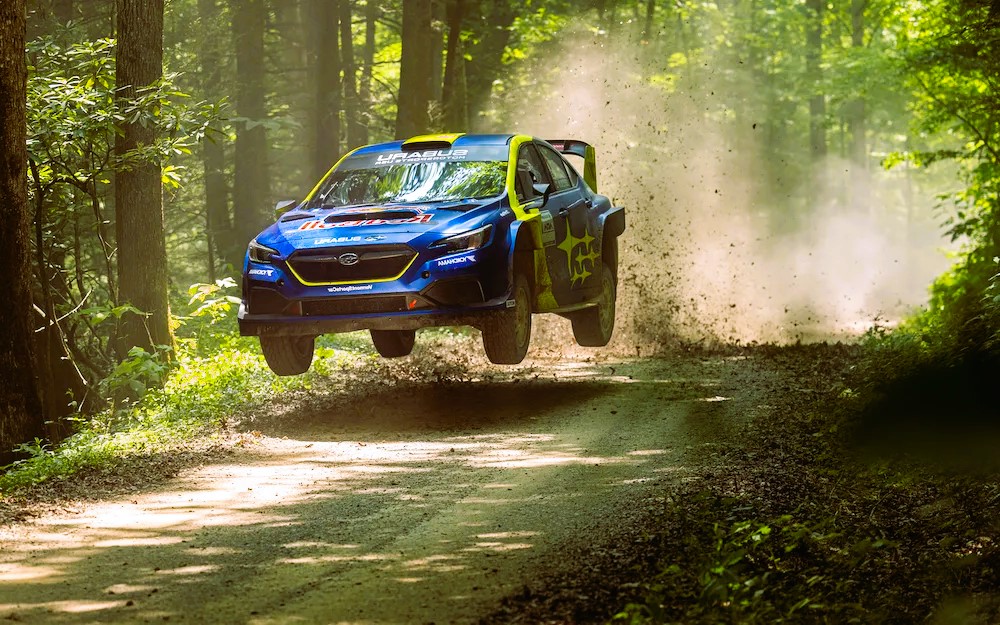Rally Racing vs. Other Motorsports: What Sets It Apart?

Rally racing stands as a unique and exhilarating form of motorsport, distinct from other popular disciplines such as Formula 1, NASCAR, and endurance racing. While all motorsports share a common love for speed, competition, and engineering prowess, rally racing carves out its own niche with its dynamic nature, challenging terrain, and distinctive format.
At its core, rally racing differs from other motorsports in its format and environment. Unlike the closed circuits of Formula 1 or the oval tracks of NASCAR, rally races take place on a variety of terrains, including gravel, dirt, snow, and tarmac. This diverse landscape adds an extra layer of complexity and unpredictability to the competition, testing both the skill of the drivers and the adaptability of the vehicles.
One of the defining features of rally racing is its stage-based format. Instead of completing laps around a circuit, drivers tackle a series of timed stages, each with its own unique characteristics and challenges. These stages can range from short, technical sprints to long, grueling endurance tests, requiring drivers to constantly adjust their strategies and tactics to navigate the course efficiently.
Another aspect that sets rally racing apart is the role of the co-driver. Unlike other motorsports where drivers rely solely on their own instincts and skills, rally drivers are accompanied by a co-driver who reads pace notes to guide them through the course. This dynamic duo must work together seamlessly, communicating effectively to navigate the twists and turns of the rally route at breakneck speeds.
Furthermore, rally racing places a premium on endurance and reliability. Unlike the sprint-like nature of Formula 1 or the high-speed battles of NASCAR, rally races can last for days, with competitors facing a wide range of environmental conditions and technical challenges. As a result, rally cars are built to withstand the rigors of off-road racing, with robust suspension systems, reinforced chassis, and powerful engines designed to deliver performance over long distances.

In terms of spectator experience, rally racing offers a unique opportunity for fans to get up close and personal with the action. Unlike the controlled environments of traditional racetracks, rally spectators are free to roam the stages, positioning themselves at vantage points to witness the cars hurtling past in a blur of speed and noise. Did you like the article? Read also about Female Power in Rally.
From a technical standpoint, rally cars also differ significantly from their counterparts in other motorsports. While Formula 1 cars prioritize aerodynamics and top speed, rally cars are built for versatility and traction, with all-wheel drive systems, rally-specific tires, and robust suspension setups optimized for off-road performance.
In conclusion, rally racing stands out as a thrilling and distinctive form of motorsport, distinguished by its dynamic format, challenging terrain, and emphasis on teamwork and endurance. While it shares a common love for speed and competition with other motorsports, rally racing carves out its own niche with its unique blend of skill, strategy, and adrenaline-fueled action.
For more information on rally racing and its governing bodies, please visit:


